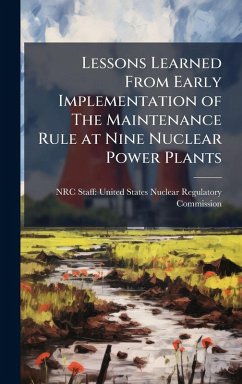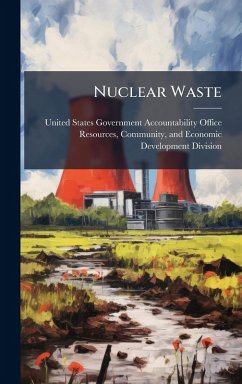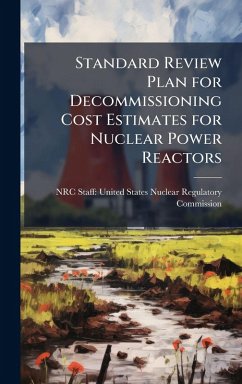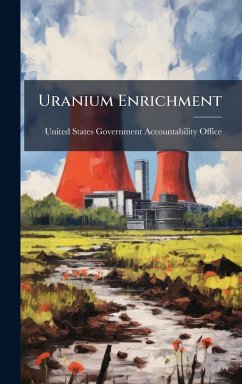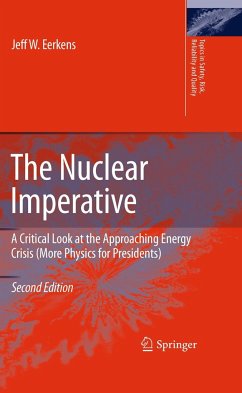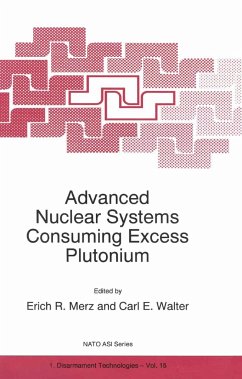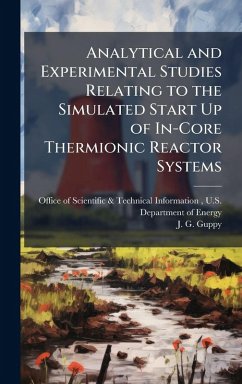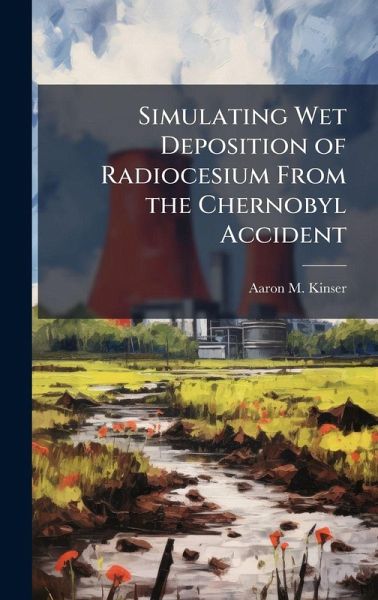
Simulating Wet Deposition of Radiocesium From the Chernobyl Accident
Versandkostenfrei!
Versandfertig in über 4 Wochen
29,99 €
inkl. MwSt.
Weitere Ausgaben:

PAYBACK Punkte
15 °P sammeln!
In response to the Chernobyl nuclear power plant accident of 1986, cesium-137 deposition was measured in Europe at sites equipped to do so. The resulting deposition dataset is uniquely applicable to atmospheric transport model validation. Most of the airborne Chernobyl cesium was wet deposited, i.e., either via interception by falling raindrops (below-cloud scavenging) or via absorption into cloud droplets destined to become raindrops (in-cloud scavenging). The model used in this work is the Hybrid Single-Particle Lagrangian Integrated Transport (HySPLIT) model developed at Air Resources Labor...
In response to the Chernobyl nuclear power plant accident of 1986, cesium-137 deposition was measured in Europe at sites equipped to do so. The resulting deposition dataset is uniquely applicable to atmospheric transport model validation. Most of the airborne Chernobyl cesium was wet deposited, i.e., either via interception by falling raindrops (below-cloud scavenging) or via absorption into cloud droplets destined to become raindrops (in-cloud scavenging). The model used in this work is the Hybrid Single-Particle Lagrangian Integrated Transport (HySPLIT) model developed at Air Resources Laboratory. A cloud base modification is tested and appears to slightly improve the accuracy of one HySPLIT simulation of daily Chernobyl cesium-137 deposition over the course of the accident at isolated European sites, and degrades the accuracy of another HySPLIT simulation of deposition in Germany and Austria accumulated in the month of April, 1986. Large uncertainties in the emission specifications, model precipitation fields, and deposition measurements prevent designating the results as conclusive, but most evidence points to improved performance within 500km of the emission source. Trial and error lessons learned from hundreds of preliminary model runs are documented, and the exact HySPLIT settings of successful and meaningful simulations are appended. This work has been selected by scholars as being culturally important, and is part of the knowledge base of civilization as we know it. This work was reproduced from the original artifact, and remains as true to the original work as possible. Therefore, you will see the original copyright references, library stamps (as most of these works have been housed in our most important libraries around the world), and other notations in the work. This work is in the public domain in the United States of America, and possibly other nations. Within the United States, you may freely copy and distribute this work, as no entity (individual or corporate) has a copyright on the body of the work. As a reproduction of a historical artifact, this work may contain missing or blurred pages, poor pictures, errant marks, etc. Scholars believe, and we concur, that this work is important enough to be preserved, reproduced, and made generally available to the public. We appreciate your support of the preservation process, and thank you for being an important part of keeping this knowledge alive and relevant.



